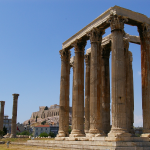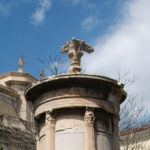
Here’s an ancient architectural marvel dating from 335 BC that was replicated many times in British and French gardens over the last few centuries, with renditions reaching the US and Australia as well. The Lysicrates Monument in the Plaka area was commissioned by Lysicrates, a rich patron of artistic performances, to honor a prize-winning performance that he had sponsored.
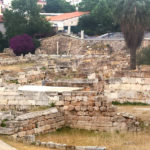
Kerameikos – the combined ancient ceramic quarter and necropolis – might not be as famous as the Acropolis and Agora, but it is well worth a visit.
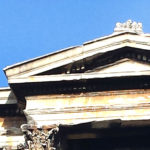
Like a Roman triumphal arch and lying just 325 meters (almost 1070 feet) from the Acropolis, this impressive gateway once lay over an ancient road and was most probably built to celebrate the arrival of Roman Emperor Hadrian to Athens.
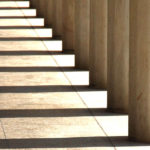
Welcome to what was once the heart of public life in Classical Athens and where democracy was born, according to historians. The Greek Agora (as opposed to the Roman Agora not far off) was represented by a bustling open square that saw many fine buildings emerge around it, from temples and fountain houses to administrative offices and stoas (covered porticos or walkways for the public).
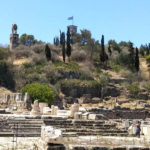
Founded in the in the 2nd millennium BC, Eleusis was where the Eleusinian mysteries took place, an initiation rite into a mystic order. In antiquity Athenians marched here by foot.

You can almost picture Pan, the naughty nymph semi-god, running in and out of his little cave, conveniently located on the slopes of the Acropolis Hill within easy reach of all the goddesses and maidens who frequented the area.

Welcome to the Parthenon on the Acropolis Hill, one of the world’s most important structures, considered a true symbol of civilization and democracy that has been standing for 2,500 years. Even in the stone age (Neolithic period), millennia before the Parthenon was built, the Acropolis represented a military fortress, thanks to its strategic vantage point over land and sea.
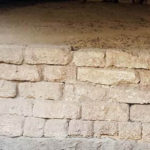
Like many cities in antiquity, Ancient Athens was surrounded by a wall and featured different gates to access the city. The location of the Acharnian Gate – the gate that leads to the town of Acharnes north of the city – was initially lost in time.


